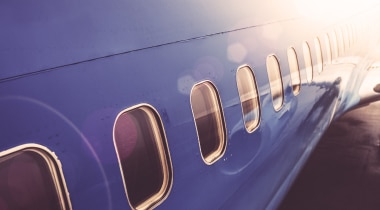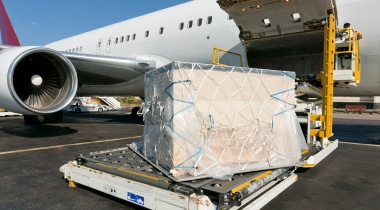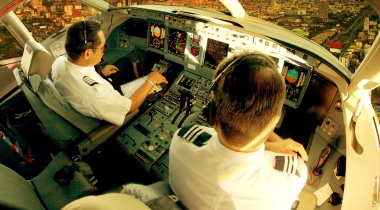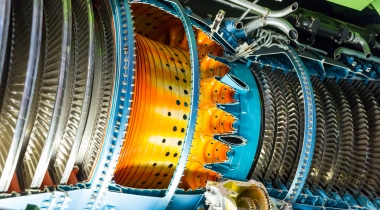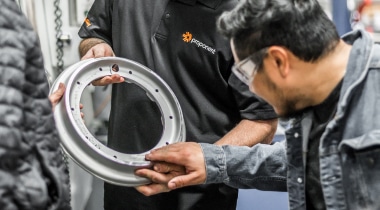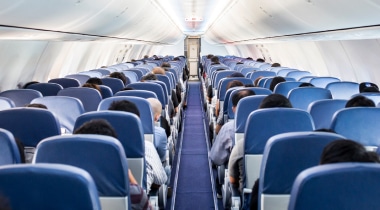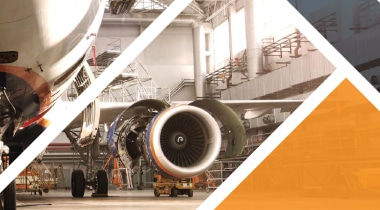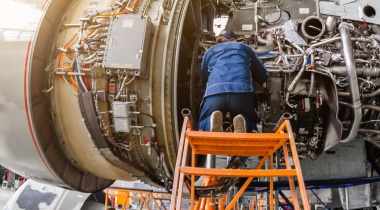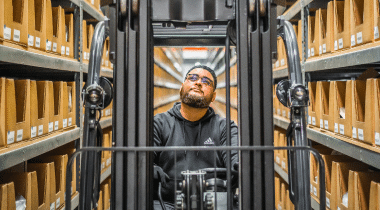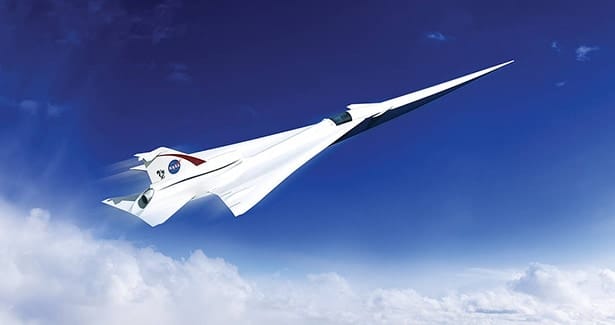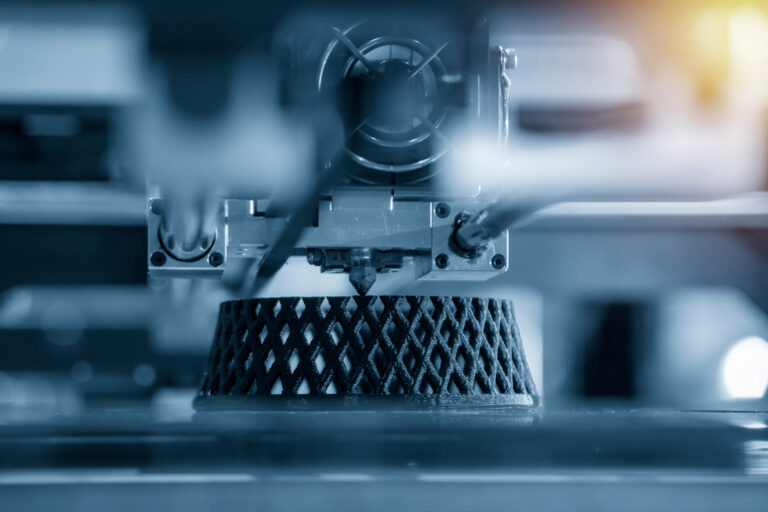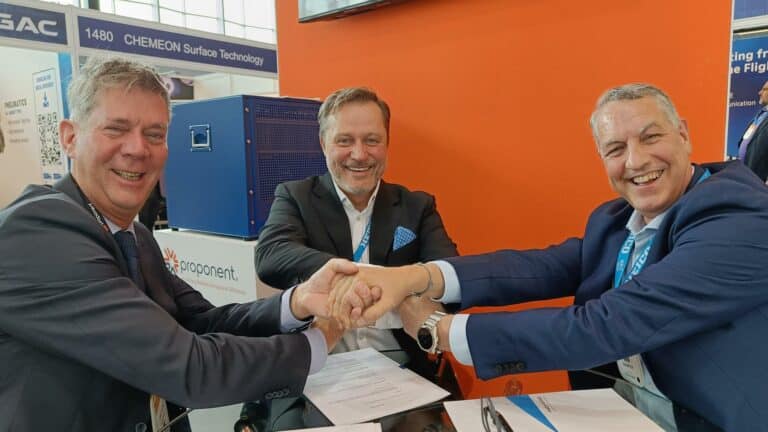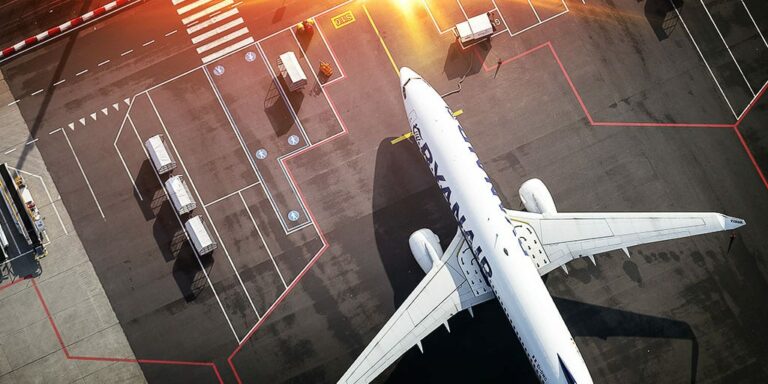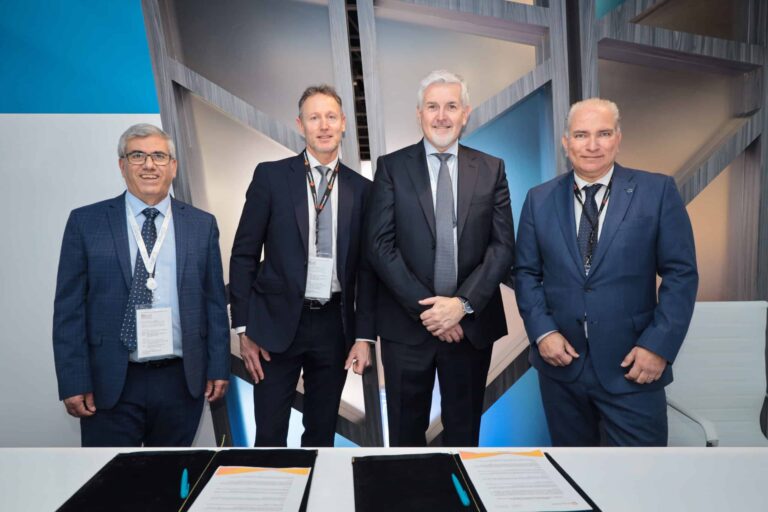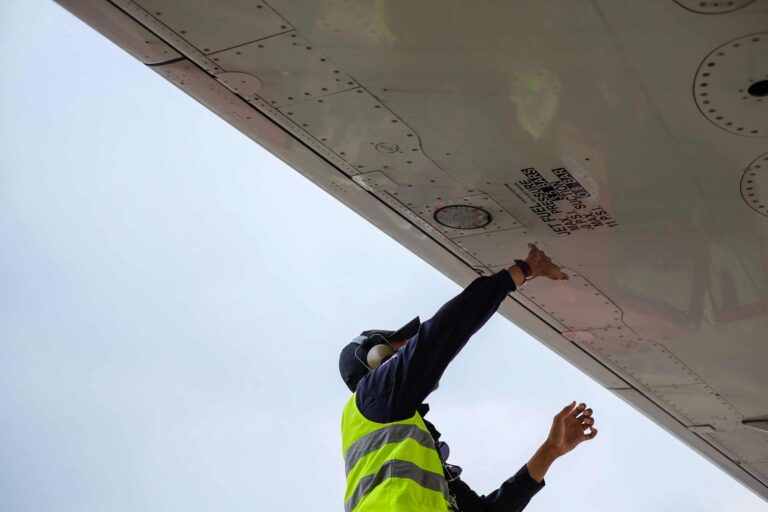NASA recently announced the finalists for its most recent batch of experimental aircraft, or X-planes. The NASA X-plane program is far from new, but the proposed aircraft in this iteration has been engineered to test advanced green aviation technologies, which gets us at Proponent very excited for the future.
The History of NASA’s X-Plane Program
Beginning in 1946 with the launch of the X-1 – the first plane to break the sound barrier – NASA’s X-plane program has tested pioneering aerospace technologies that have led to industry-changing achievements for both aviation and space flight, including the first supersonic and hypersonic flights, and the first manned suborbital flight.
More recently, NASA X-planes have been tackling green aviation issues such as fuel efficiency and noise reduction. These planes go well beyond retrofitting a contemporary aircraft, creating unique design innovations that may completely change the look of commercial flight in the near future, while meeting the ambitious goals set by the industry of carbon-neutral growth starting in 2020 and a 50% reduction in CO2 emissions by 2050. NASA’s New Aviation Horizons initiative has chosen three new NASA X-plane designs to demonstrate the possibilities of sustainable aircraft in the future.
The Most Recent Class of X-Planes
D8 “Double Bubble”
Aurora’s D8 “Double Bubble” concept (so-called because of its double-wide fuselage – basically two fuselages side-by-side) introduces an innovative fuel-saving propulsion technology called Boundary Layer Ingestion (BLI). The concept of BLI is using engines to suck in and accelerate the slower-moving air built up along the plane’s fuselage, reenergizing the plane’s wake to reduce the total drag. To accomplish BLI, the engines are moved from the “clean” airflow conditions beneath the wings to the top of the rear fuselage. There is some concern that this rougher air flow could put too much stress on the engines, but NASA’s Plane wind tunnel testing has shown promising results.
Hybrid Wing Body
Also called a “blended wing body” (BWB) aircraft, this hybrid-wing body concept by Boeing has no clear delineation between the wings and the main body of the aircraft, appearing almost like a flat triangle. Similar to the X-48, a previous NASA X-plane also designed by Boeing, this concept scales up the plane to commercial aircraft size, provides some additional aerodynamic tweaks, and shifts the engines to the top of the plane’s back end accompanied by two additional tails to reduce engine noise. The benefit of this type of NASA X-plane is that the whole aircraft creates lift, in contrast to the current wing-and-fuselage standard, where the wings create lift and the fuselage creates drag. A couple of potential drawbacks to this type of aircraft are theater-style seating, which could lead to significant difficulties in the event of emergency exits, and scalability for size variations.
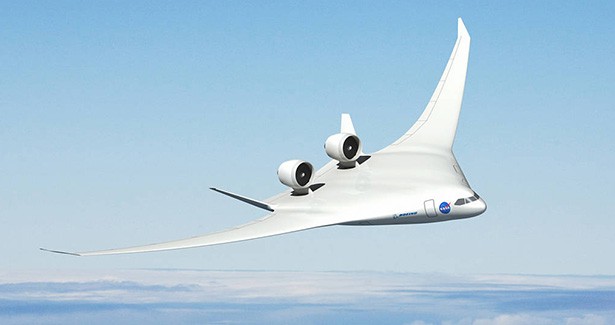
Truss-Braced Wing
Also designed by Boeing, the truss-braced wing concept sports exceptionally long, hyper-efficient wings that are supported by diagonal trusses, attaching them to the base of the plane’s standard tubular fuselage. The additional lift provided by the extreme length of the wings vastly increases the plane’s fuel efficiency.
X-59 QueSST
Even closer to reality is the X-59 QueSST, a design currently being produced by Lockheed Martin, which should be ready for flight testing by late 2021. The X-59 QueSST (for “Quiet Supersonic Transport”) is designed with the goal of achieving supersonic flight without the disruptive sonic boom of current designs. With a long, narrow airframe and canards positioned to keep shock waves from coalescing, the X-59 is expected to produce a ground noise of around 60 dB(A), roughly 1/1000th as loud as current supersonic aircraft. So, a sonic “thump” instead of a sonic boom.
Will We Ever Get to Fly on a NASA X-Plane?
While the technologies are promising and the new shapes are exciting, there is the practical matter of working with current airport infrastructure, which is designed to accommodate the traditional wing-and-fuselage design. The hybrid-wing body concept would need a completely new loading protocol than what exists today. But the D8 Double Bubble’s design allows for short wings that would allow it to taxi to today’s airport gates, while the truss-braced wing concept could feature folding wings to accommodate current infrastructure.
However, the NASA X-plane program has never been intended to create designs appropriate for commercial flight. It is helpful to think of X-planes in the same way as one thinks of high fashion. The clothes on the runway are never going to be on the rack; they are intended to show what is possible with fashion design, and to set new trends that will trickle down to traditional retail. In the same way, the technologies that are proved through NASA X-plane designs often find their way into commercial aircraft design in slightly tweaked versions. We’re excited to see what features from these four X-planes find their way to an airport gate near you in the near future.
Related Articles
The Future of Drones in the Aerospace Industry | Proponent
The Technologies Disrupting the Aerospace Industry in 2018
The Latest in Aerospace Technology: Biofuels, SpaceX Travels and More
